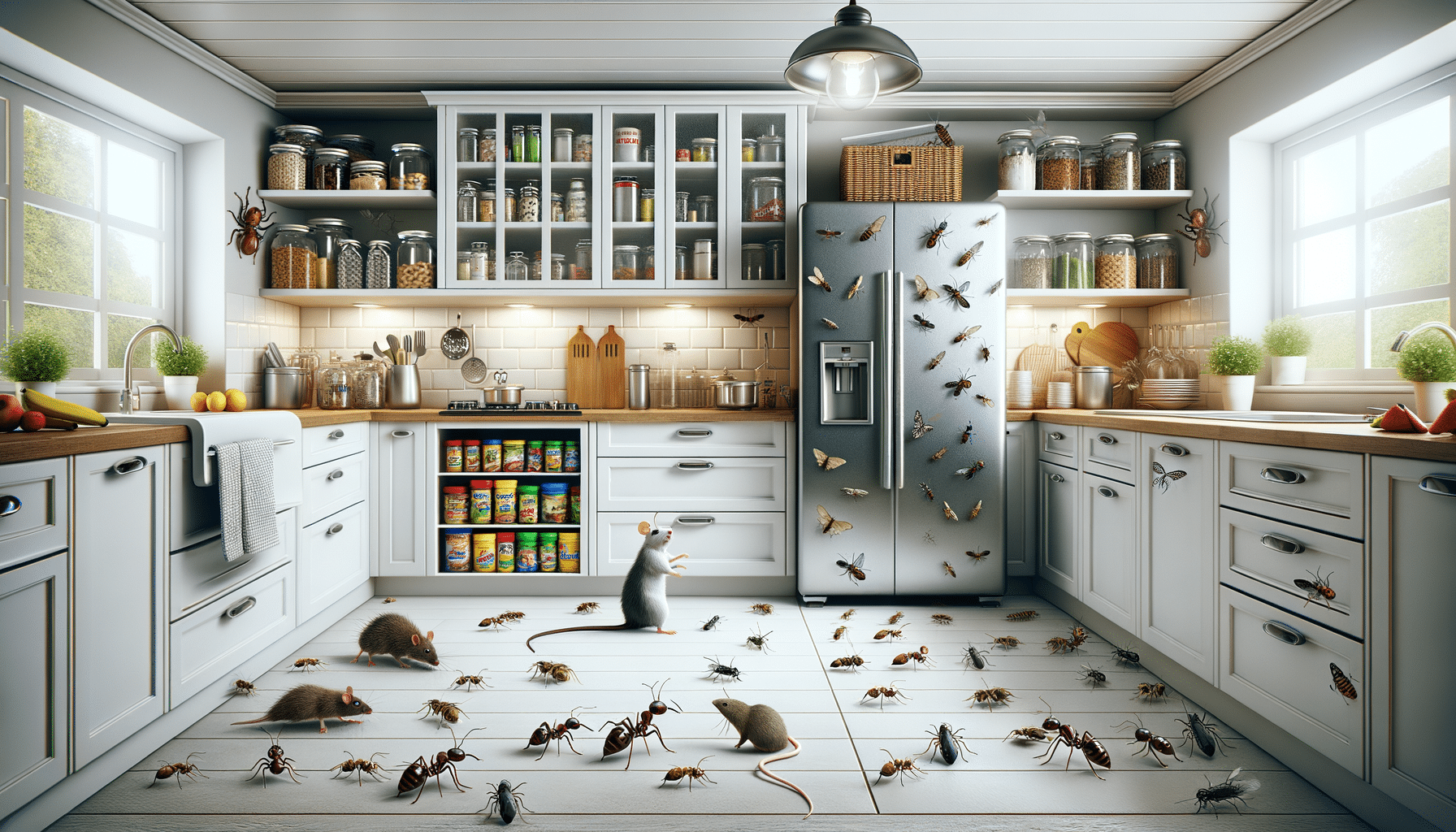
Why Pests May Show Up Even in Clean Homes
Introduction: The Uninvited Guests
Even in the cleanest of homes, pests can make an unwelcome appearance. This common issue can be perplexing for homeowners who maintain immaculate living spaces. The presence of pests is often attributed to poor hygiene, but there are numerous other factors that contribute to this problem. Understanding these factors is essential in preventing and managing pest infestations effectively. This article delves into why pests may appear in clean homes, exploring various indoor conditions that are often overlooked.
Understanding Pest Attraction
To comprehend why pests invade even the tidiest homes, it’s crucial to understand what attracts them in the first place. Pests are primarily drawn to three things: food, water, and shelter. While a clean home may lack visible food sources, pests have a keen ability to find even the smallest crumbs or spills. Moisture is another significant attractant, with leaks, condensation, and high humidity levels providing the necessary water sources for pests to thrive. Shelter is equally important, as pests seek out warm, protected areas to nest and breed.
Common indoor pests such as ants, cockroaches, and rodents are particularly adept at exploiting these resources. For instance, ants can detect food from a distance and follow scent trails to reach their destination. Cockroaches, on the other hand, are notorious for their ability to survive in harsh conditions, often finding refuge in dark, moist environments. Rodents are highly adaptable and can squeeze through tiny openings to access food and warmth. By understanding these attractants, homeowners can take proactive measures to minimize the likelihood of pest infestations.
The Role of Environmental Conditions
Environmental conditions within a home play a significant role in pest attraction and proliferation. Temperature, humidity, and light levels are all factors that can influence pest behavior. Many pests, such as cockroaches and silverfish, thrive in warm, humid environments. Homes with poor ventilation or inadequate insulation may inadvertently create ideal conditions for these pests to flourish.
Additionally, cluttered spaces and unsealed entry points provide ample opportunities for pests to enter and establish themselves. Clutter can serve as both a food source and a hiding place, while gaps around windows, doors, and utility lines offer easy access to the indoors. Homeowners should regularly inspect and address these vulnerabilities to reduce the risk of infestations.
- Ensure proper ventilation to control humidity levels.
- Seal cracks and gaps to prevent pest entry.
- Maintain a clutter-free environment to eliminate hiding spots.
Human Habits and Practices
Human habits and practices can inadvertently contribute to pest problems, even in clean homes. For instance, leaving pet food out overnight, not properly storing pantry items, or neglecting to clean up spills promptly can attract pests. Additionally, overwatering indoor plants or allowing water to accumulate in trays can create a breeding ground for pests like mosquitoes and gnats.
Regular maintenance and mindful habits are essential in preventing pest infestations. Homeowners should adopt practices such as storing food in airtight containers, promptly cleaning up spills, and regularly emptying trash bins. Furthermore, it’s important to be vigilant about inspecting groceries and other items brought into the home, as pests can hitch a ride on these items unnoticed.
- Store food in airtight containers.
- Clean up spills and crumbs immediately.
- Inspect groceries for pests before bringing them inside.
Conclusion: Proactive Prevention
While maintaining a clean home is an important step in pest prevention, it’s not the only factor to consider. By understanding the various conditions and habits that attract pests, homeowners can take a more comprehensive approach to pest management. Regular inspections, environmental control, and mindful practices are key components in keeping pests at bay. Ultimately, a proactive approach to pest prevention will not only protect the home but also provide peace of mind for its inhabitants.